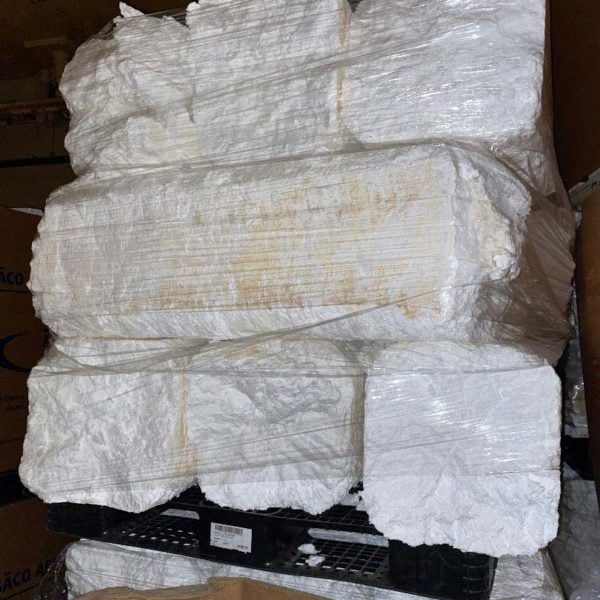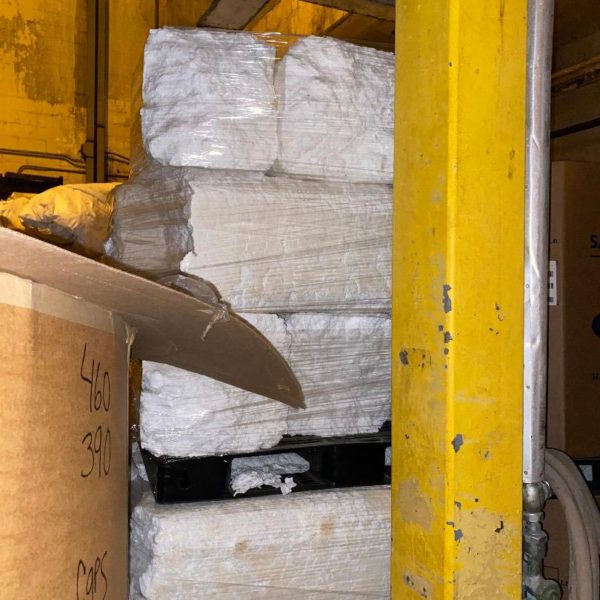Densified EPS Foam Recycling Services
Professional EPS Foam Recycling Solutions
Scrap Management provides comprehensive densified expanded polystyrene (EPS) foamrecycling services across the United States. We help businesses transform their compressedEPSwaste into valuable recycled materials through efficient collection, processing, and recyclingsolutions.
Our EPS Recycling Requirements
We specialize in handling densified EPS material:
- Compressed EPS blocks only
- No loose foam accepted
- Post-consumer densified EPS
- Post-industrial densified foam
- Minimum truckload quantities
- Clean, contamination-free material
- Professional bale packaging
EPS Processing Capabilities
Our advanced recycling facilities transform densified EPS foam into high-quality recycledpolystyrene for manufacturing applications. We accept:
- Densified packaging foam
- Compressed industrial EPS
- Clean white foam blocks
- Properly compacted material
- Commercial quantities
Sustainable EPS Management
Partner with us to:
- Reduce landfill waste
- Meetsustainability goals
- Lower disposal costs
- Ensure proper recycling
- Support circular economy
- Improve environmental metrics
Professional Collection Services
We offer efficient transportation for densified EPS:
- Full truckload collection
- National logistics network
- Professional handling
- Documented recycling
- Volume-based scheduling
Ready to recycle your densified EPS foam?
Contact our specialists to discuss your material.
[Request densified EPS recycling services]
#DensifiedEPS #FoamRecycling #Polystyrene #SustainableWaste #RecyclingServices#WasteManagement #Sustainability
What items are made from EPS foam?
EPS (expanded polystyrene) foam is commonly used to manufacture food containers like meat trays, cups, take-out boxes, and egg cartons. It’s also used for protective packaging materials that cushion valuable items like TVs during shipping. Products made from EPS foam typically have a “6” resin identification code stamped on the bottom. EPS is sometimes mistakenly called “Styrofoam”.
Does food residue affect the recycling of EPS packaging?
As with other recyclables, EPS packaging should be relatively clean with food residues removed before recycling. The mechanical recycling process involves grinding, washing, and re-pelletizing the plastic resin, similar to other post-consumer plastics. Any remaining contamination may reduce material yields but not prohibit recycling.
Are there alternatives to mechanical recycling for EPS?
Yes, innovative chemical recycling methods are being developed that can break down EPS into its fundamental molecular components like styrene monomers. This chemically “unzips” the plastic for purification. While mechanical is still predominant, chemical recycling can better handle contaminated EPS streams.



